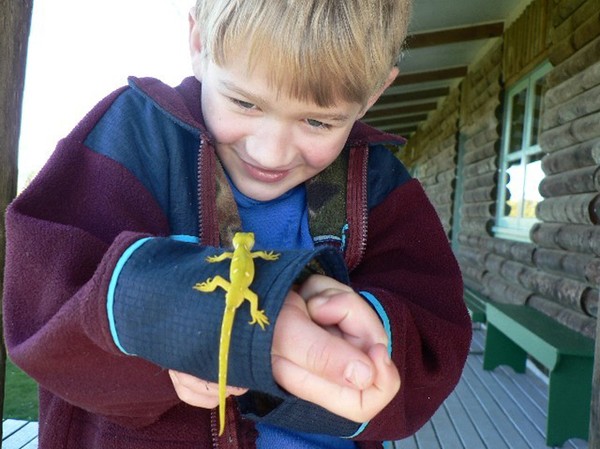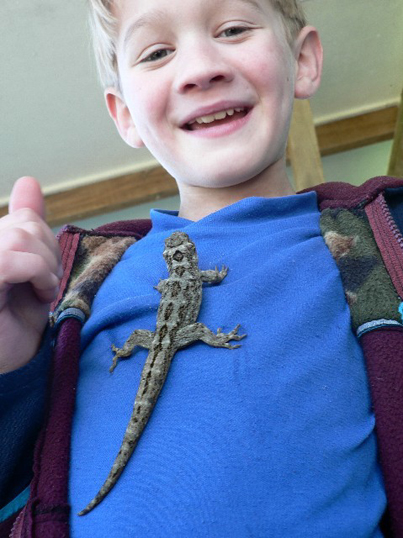Atlas of NZ reptiles and amphibians
The Department of Conservation (DOC) has released New Zealand’s first electronic atlas of reptiles and amphibians, with information on more than 100 different native species.
By publishing the atlas DOC hopes to attract new sighting records and help people learn more about our native reptiles and frogs.
The electronic atlas can be accessed via the DOC website on www.doc.govt.nz/nzherpatlas.
The Department is encouraging the public to record sightings of skinks, geckos, frogs, and marine reptiles (turtles and sea snakes) and forward the details to herpetofauna@doc.govt.nz for inclusion in a database.
The database contains over 17,000 sightings, which has taken over 40 years to collect with the help of herpetologists, universities, consultants, museum curators, palaeontologists, DOC staff and members of the public.
“New Zealand’s native frogs are found nowhere else in the world,” said DOC project leader, Benno Kappers. “By making this information available to the public, the Department aims to raise awareness of New Zealand’s unique fauna.”
The atlas is suitable for both experts and school children and presents the user with detailed species information, images and maps. “It’s a great way for young people to learn more about what’s in their back yard.”
A hard-copy of the Atlas of the Reptiles and Amphibians of New Zealand is being developed for publication in December 2009. The publication will also be made available in electronic format on the atlas website.


